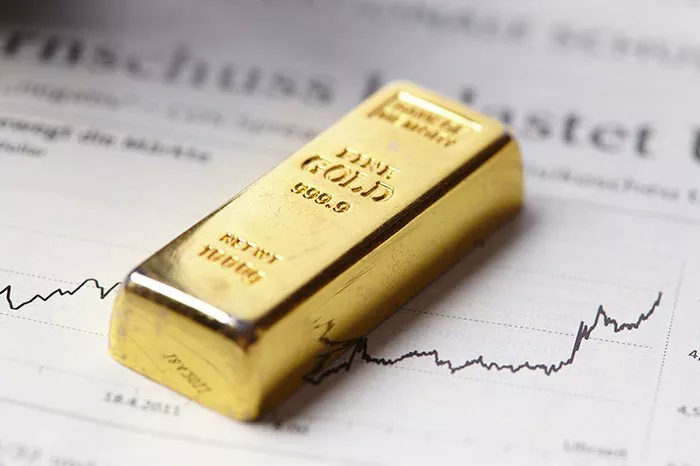Gold has long been valued as a hedge against inflation, offering a stable store of value amidst rising prices that erode the purchasing power of currencies such as the U.S. dollar. By investing in gold, including through vehicles like a gold IRA, investors can protect their portfolios from market volatility and preserve their wealth.
“Gold holds intrinsic value and tends to maintain its worth over time, making it a reliable asset during periods of economic uncertainty,” explains Dennis Shirshikov, a finance professor at City University of New York. He adds that gold’s liquidity further enhances its appeal, as it “can be easily bought and sold in the market.”
As inflation drives up the costs of goods and services, the value of currencies typically declines. In contrast, gold often appreciates in such conditions, helping investors to sustain their asset values and provide a buffer against market swings.
Historically, gold has delivered lower average annual returns compared to stocks. From 1971 to 2024, the stock market has yielded an average annual return of 10.7%, whereas gold has offered a return of 7.9% over the same timeframe. The spot gold price, which reflects the current rate for immediate transactions, provides insights into investment trends and demand for gold. An increase in the spot price usually signals higher demand.
The spot price, however, can vary from futures prices. A lower spot price compared to futures is known as contango, typically seen in commodities with high storage costs. Conversely, when the spot price exceeds the futures price, it’s referred to as backwardation. Analysts often predict that spot prices and futures prices will eventually converge.
The spot price of gold is influenced by supply and demand dynamics, leading to frequent fluctuations. Investors should be prepared for these variations when trading in gold.
In gold trading, a price spread refers to the difference between the buying price and the selling price of the asset. The offer price, or ask price, represents the cost to purchase gold, while the bid price is the amount received when selling it. Typically, bid prices are lower than ask prices.
A narrower spread generally indicates a more liquid market, with smaller spreads suggesting increased demand for gold. Investors often view narrower spreads as a sign of a healthier and more active market, providing additional reassurance in their trading activities.


